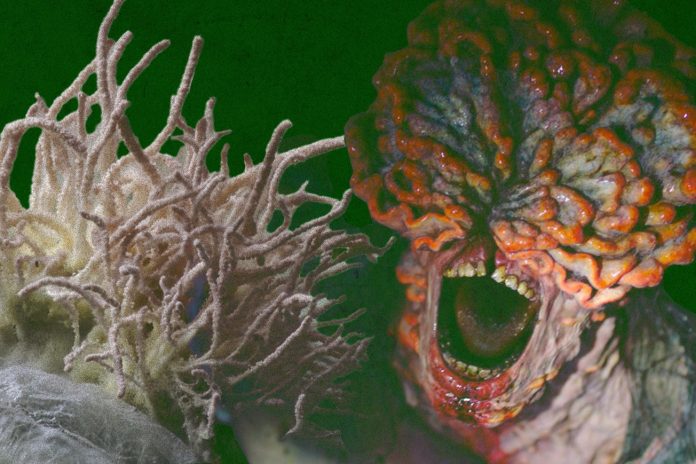Imagine something slowly taking over your mind, compelling you to act against your will, leading you to your death—and using your body to spread itself. Sounds like a horror movie, right? In nature, it’s horrifyingly real. Welcome to the world of the zombie fungus, where tiny insects are turned into mindless puppets by parasitic fungi with a sinister life cycle.
What Is the Zombie Fungus?
The most infamous of these fungi is Ophiocordyceps unilateralis, a parasitic fungus that infects carpenter ants. Found mainly in tropical forests, this fungus doesn’t just kill its host—it manipulates its behavior in precise and eerie ways before doing so.
The zombie fungus belongs to a group of entomopathogenic fungi, which specifically target insects. Once infected, the insect loses control of its own body, behaving in ways that benefit the fungus, not itself.
How the Infection Works: A Fungal Puppet Master
The process begins when fungal spores land on an unsuspecting ant. These spores penetrate the ant’s exoskeleton and begin to grow inside its body, gradually taking over its central nervous system.
Here’s where things get extra creepy:
Behavioral Hijacking: About a week after infection, the fungus compels the ant to climb vegetation—often to a very specific height ideal for fungal growth.
Death Grip: The ant clamps down on a leaf or twig in a “death grip” with its mandibles. This anchors it in place as the fungus consumes the ant from the inside.
Fungal Bloom: Once the ant dies, a stalk-like fungal structure grows out of its head or neck, releasing new spores into the air—ready to infect the next victim.
Why Does It Do That?
The behavior isn’t random. Scientists believe that the zombie fungus manipulates its host to optimize spore dispersal. By forcing the ant to climb, the fungus can spread its spores over a wider area and infect more ants.
It’s a perfectly evolved strategy for survival, but one that involves hijacking another creature’s brain and body.
More Than Just Ants: Other Victims of Zombie Fungi
Ophiocordyceps isn’t the only fungus with this parasitic mind-control trick:
Caterpillars and Wasps: Other species of fungi and even parasitic wasps manipulate caterpillars into guarding their offspring.
Flies and Beetles: Some fungal species explode their hosts, dispersing spores in a gruesome spray.
Cicadas: Fungi like Massospora infect cicadas and alter their behavior while replacing their abdomen with fungal spores—zombified and grotesque.
Can It Affect Humans?
Short answer: no—at least for now. While the zombie fungus is highly specialized to its insect hosts, its creepy behavior has captured the imagination of sci-fi creators. Popular culture hits like The Last of Us and The Girl with All the Gifts envision fungi evolving to infect humans, creating apocalyptic scenarios.
While nature isn’t there (yet), the idea highlights the power and potential of these real-life pathogens.
The Bigger Picture: Mind Control in Nature
Zombie fungi are part of a broader, unsettling trend in nature—biological mind control:
Parasites that make mice attracted to cats (Toxoplasma gondii).
Wasps that turn spiders into web-weaving babysitters for their larvae.
Lancet liver flukes that manipulate ants to be eaten by grazing animals.
Nature, it turns out, is full of puppeteers pulling invisible strings.
Final Thoughts: Nature’s Real-Life Horror Story
The zombie fungus is a jaw-dropping example of how far evolution can go to ensure survival. By invading minds and altering behavior, it blurs the line between biology and horror. While we’re safe from these fungi (for now), they remind us that sometimes, truth is stranger—and way scarier—than fiction.



